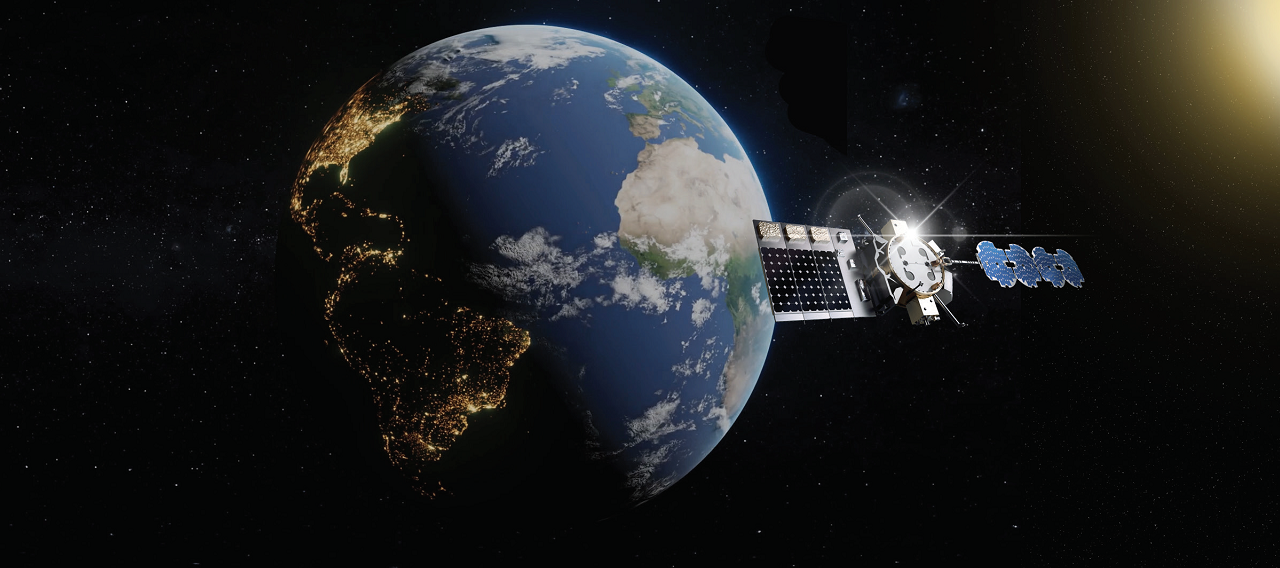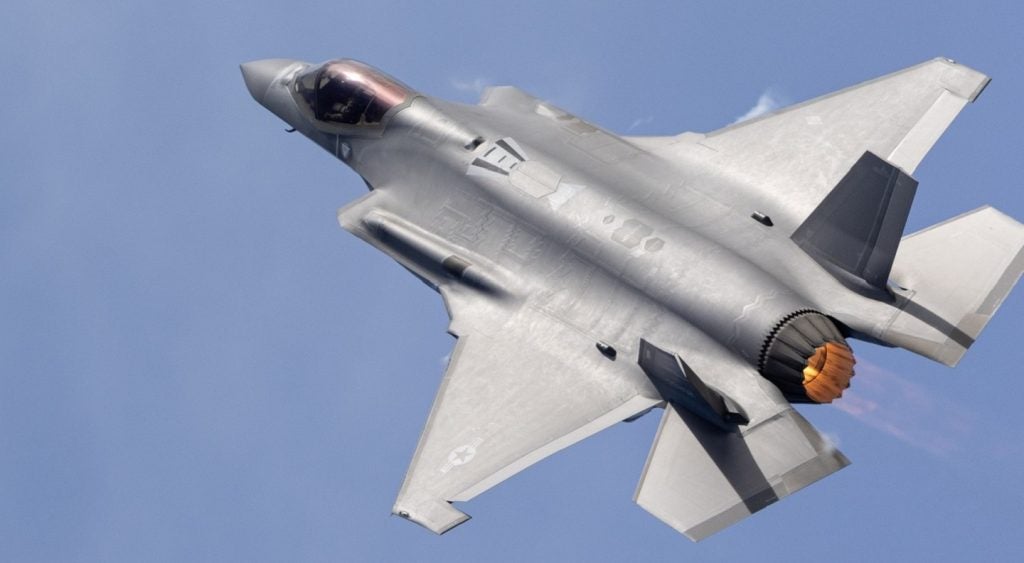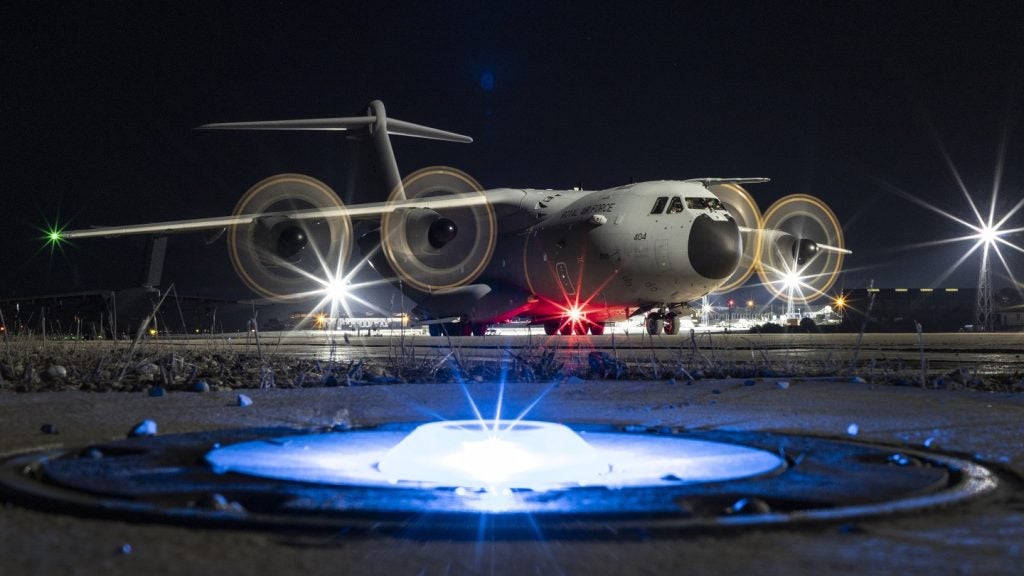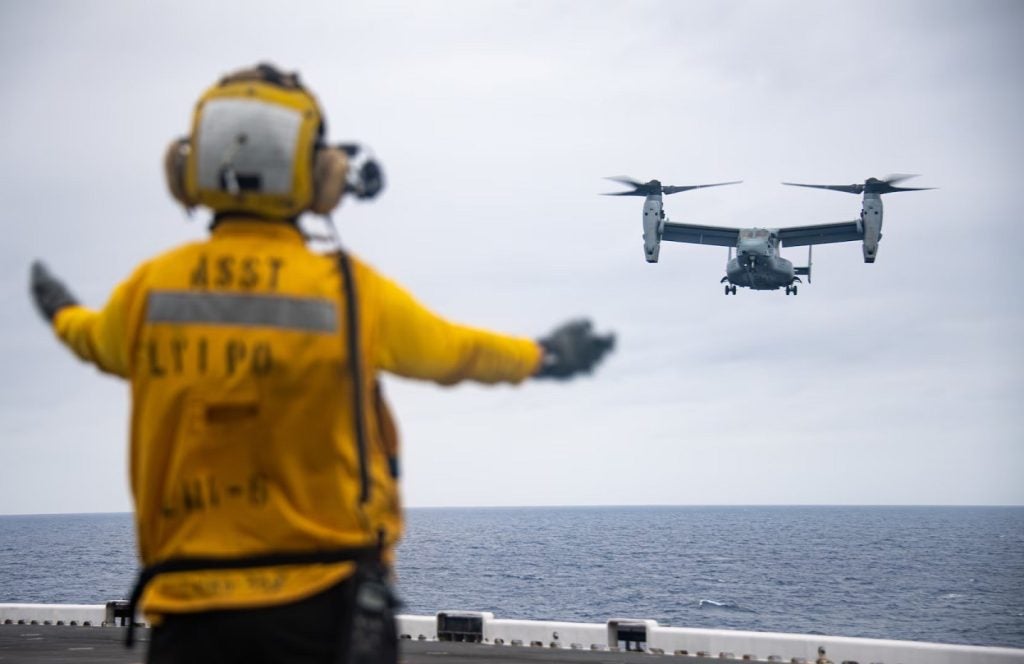
Northrop Grumman has delivered the US Air Force Research Laboratory (AFRL) Arachne spacecraft’s first flight hardware component, Helios.
The Arachne is the flagship experiment within the Space Solar Power Incremental Demonstrations and Research (SSPIDR) project.
Helios will function as the bus of Arachne and will contain key components to manage the power, communications, thermal, and attitude (or spacecraft pointing / orientation) control systems.
It is a commoditised spacecraft bus, called ESPAStar, which is constructed from an Evolved Expendable Launch Vehicle Secondary Payload Adaptor ring.
The Helios, similarly to other ESPAs, consists of six ports to host payloads. However, it is expected to host only one payload, the Space Solar Power Radio Frequency Integrated Transmission Experiment (SSPRITE).
The spacecraft bus ensures that the payload is in place during its travel to the orbit.
How well do you really know your competitors?
Access the most comprehensive Company Profiles on the market, powered by GlobalData. Save hours of research. Gain competitive edge.

Thank you!
Your download email will arrive shortly
Not ready to buy yet? Download a free sample
We are confident about the unique quality of our Company Profiles. However, we want you to make the most beneficial decision for your business, so we offer a free sample that you can download by submitting the below form
By GlobalDataArachne programme manager Kevin Bryant said: “Acceptance of the Helios spacecraft bus from Northrop Grumman is a key milestone in the development of the Arachne spaceflight experiment.
“The Helios bus is the third vehicle in the Long Duration Propulsive ESPA product line, a technology transition effort made possible by EAGLE, an AFRL space experiment launched in 2018 to demonstrate assured access to space.”
AFRL developed the concept of using an ESPA ring for the construction of the commoditised bus and was later transferred to the industry.
This transfer of the technology is said to have enabled the scientists at AFRL to commercially purchase the equipment at a significant cost-savings.
Arachne chief engineer Kyle Gleichmann added: “The idea to use the ESPA ring as the main structure of a spacecraft started with AFRL’s [Demonstration and Science Experiments (DSX)] programme and eventually led to AFRL’s EAGLE programme.
“As a result of EAGLE, the ESPA platform has successfully been transitioned to industry and can be purchased as a commoditised spacecraft.
“This essentially allows AFRL to buy a spacecraft off the shelf and eliminate it from the critical path of our flight programmes, allowing AFRL to concentrate our time, money, and efforts in bringing cutting-edge technologies to our warfighters.”
The Arachne spacecraft along with the Helios ESPA ring and SSPRITE are expected to launch in 2024.






